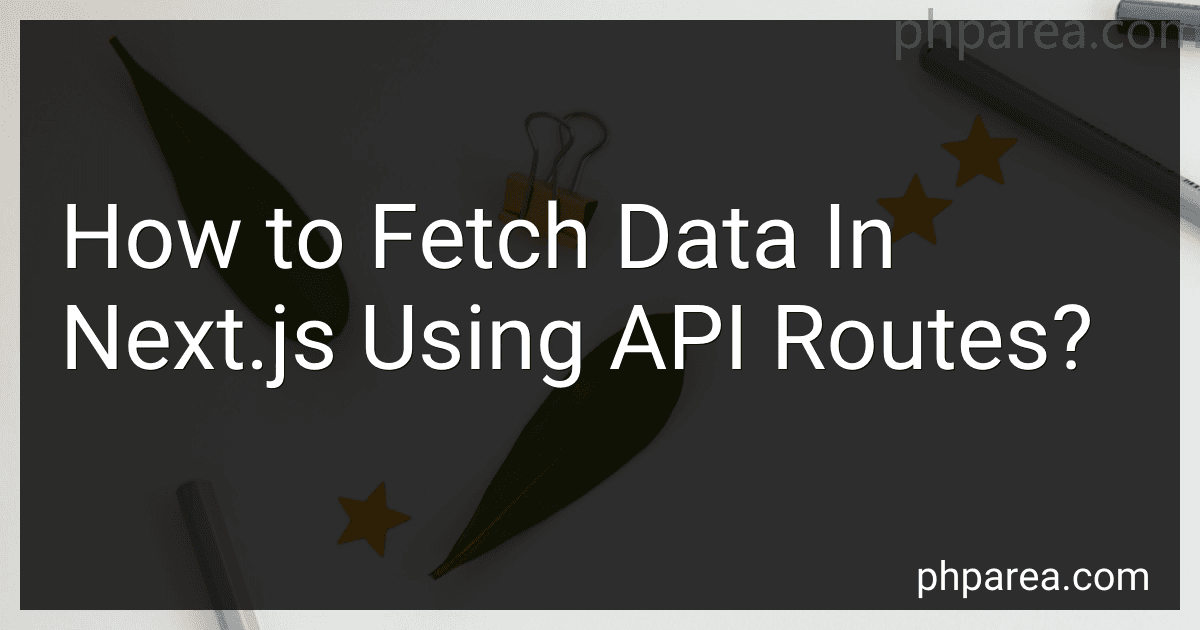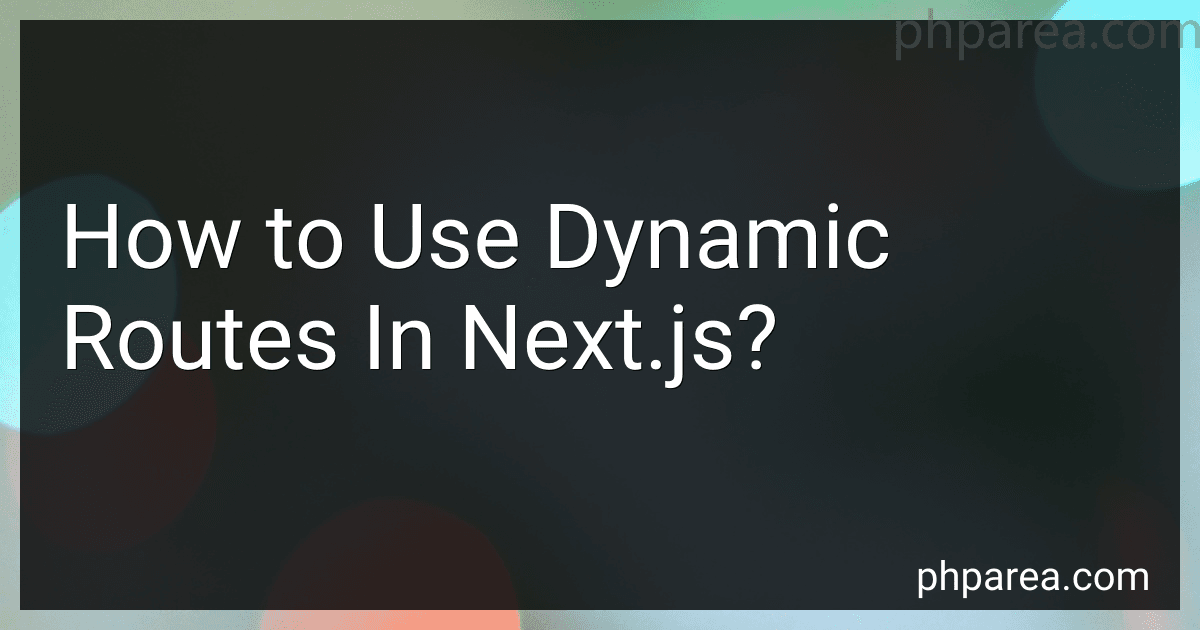Posts (page 128)
-
 8 min readCreating a product on the fly in WooCommerce can be done using the intuitive interface of the platform. Here's a step-by-step guide:Login to your WooCommerce backend.In the left-hand menu, click on "Products" to navigate to the product management screen.On the top right corner of the page, click on the "Add New" button.Start by entering a title for your product in the designated field.
8 min readCreating a product on the fly in WooCommerce can be done using the intuitive interface of the platform. Here's a step-by-step guide:Login to your WooCommerce backend.In the left-hand menu, click on "Products" to navigate to the product management screen.On the top right corner of the page, click on the "Add New" button.Start by entering a title for your product in the designated field.
-
 9 min readTo update a column in a table using a function in Oracle, you can follow the steps mentioned below:Begin by connecting to your Oracle database using an appropriate client or IDE.Identify the table on which you want to update the column.Create or identify the function that you want to use for the update. Ensure that the function is already defined in your database.Write a SQL update statement with the function included.
9 min readTo update a column in a table using a function in Oracle, you can follow the steps mentioned below:Begin by connecting to your Oracle database using an appropriate client or IDE.Identify the table on which you want to update the column.Create or identify the function that you want to use for the update. Ensure that the function is already defined in your database.Write a SQL update statement with the function included.
-
 12 min readTo fetch data in Next.js using API routes, you can follow the steps below:Create an API route: In your Next.js project, create an API route file. This file should be placed in the api directory under the root of your Next.js application. For example, you can create a file named example.js in the api directory. Define the API route handler: Inside your example.js file, define the API route handler using the req and res parameters.
12 min readTo fetch data in Next.js using API routes, you can follow the steps below:Create an API route: In your Next.js project, create an API route file. This file should be placed in the api directory under the root of your Next.js application. For example, you can create a file named example.js in the api directory. Define the API route handler: Inside your example.js file, define the API route handler using the req and res parameters.
-
 13 min readTo export products from Magento to WooCommerce, you can follow these steps:Export Magento product data: In Magento, you can export product data in CSV format. Go to Magento admin panel, navigate to System -> Export, and select the entity type as "Products." Customize the export settings as per your requirement and proceed with the export. This will generate a CSV file containing product data.
13 min readTo export products from Magento to WooCommerce, you can follow these steps:Export Magento product data: In Magento, you can export product data in CSV format. Go to Magento admin panel, navigate to System -> Export, and select the entity type as "Products." Customize the export settings as per your requirement and proceed with the export. This will generate a CSV file containing product data.
-
 11 min readTo get the products by category in WooCommerce, you can follow these steps:Start by accessing your WordPress admin panel and go to "Products" on the dashboard.Click on "Categories" to create and manage your product categories.Create the desired categories for your products. For example, you could have categories like "Electronics," "Clothing," or "Home Decor."After creating the categories, assign relevant products to each category.
11 min readTo get the products by category in WooCommerce, you can follow these steps:Start by accessing your WordPress admin panel and go to "Products" on the dashboard.Click on "Categories" to create and manage your product categories.Create the desired categories for your products. For example, you could have categories like "Electronics," "Clothing," or "Home Decor."After creating the categories, assign relevant products to each category.
-
 8 min readTo insert PHP variables into an Oracle table, you can follow the following steps:Connect to the Oracle database using the appropriate credentials. You can use the oci_connect() function for this. Prepare an SQL insert statement that includes bind variables. Bind variables are placeholders for values that will be inserted later. For example: $sql = "INSERT INTO table_name (column1, column2) VALUES (:variable1, :variable2)"; Prepare the SQL statement using the oci_parse() function.
8 min readTo insert PHP variables into an Oracle table, you can follow the following steps:Connect to the Oracle database using the appropriate credentials. You can use the oci_connect() function for this. Prepare an SQL insert statement that includes bind variables. Bind variables are placeholders for values that will be inserted later. For example: $sql = "INSERT INTO table_name (column1, column2) VALUES (:variable1, :variable2)"; Prepare the SQL statement using the oci_parse() function.
-
 11 min readDynamic routes in Next.js allow you to create pages that use URL parameters to dynamically generate content. This feature is useful when you want to create pages that share a similar layout or template but display different data based on the URL.To use dynamic routes in Next.js, you need to follow these steps:Create a file inside the "pages" directory with square brackets in the filename. For example, if you want to create dynamic product pages, create a file called "products/[id].
11 min readDynamic routes in Next.js allow you to create pages that use URL parameters to dynamically generate content. This feature is useful when you want to create pages that share a similar layout or template but display different data based on the URL.To use dynamic routes in Next.js, you need to follow these steps:Create a file inside the "pages" directory with square brackets in the filename. For example, if you want to create dynamic product pages, create a file called "products/[id].
-
 5 min readTo check if a page is a category or product in WooCommerce, you can utilize some conditional functions and checks within your code.
5 min readTo check if a page is a category or product in WooCommerce, you can utilize some conditional functions and checks within your code.
-
 5 min readTo call or write an Oracle function, you need to follow specific syntax and guidelines. Here's an explanation of the process:Function Definition: Begin by creating the function using the CREATE FUNCTION statement. Specify the function name, parameters (if any), and the return type.
5 min readTo call or write an Oracle function, you need to follow specific syntax and guidelines. Here's an explanation of the process:Function Definition: Begin by creating the function using the CREATE FUNCTION statement. Specify the function name, parameters (if any), and the return type.
-
 6 min readIn Next.js, navigating between pages is made easy through the use of a built-in routing system. The routing can be implemented using the <Link> component or the router object provided by the next/router package.To navigate between pages using the <Link> component, you can import it from the next/link module. Then, you can wrap your anchor tags with the <Link> component and specify the href attribute with the path of the page you want to navigate to.
6 min readIn Next.js, navigating between pages is made easy through the use of a built-in routing system. The routing can be implemented using the <Link> component or the router object provided by the next/router package.To navigate between pages using the <Link> component, you can import it from the next/link module. Then, you can wrap your anchor tags with the <Link> component and specify the href attribute with the path of the page you want to navigate to.
-
 12 min readTo prevent weak customer passwords in WooCommerce, consider the following:Enforce password complexity: Set a minimum length requirement for passwords and encourage customers to use a combination of uppercase and lowercase letters, numbers, and special characters. For instance, passwords should be at least eight characters long and contain a mix of alphanumeric and special characters.
12 min readTo prevent weak customer passwords in WooCommerce, consider the following:Enforce password complexity: Set a minimum length requirement for passwords and encourage customers to use a combination of uppercase and lowercase letters, numbers, and special characters. For instance, passwords should be at least eight characters long and contain a mix of alphanumeric and special characters.
-
 11 min readBacking up data on Oracle involves the following steps:Determine the backup strategy: Decide on the type of backup strategy that suits your needs, such as full backup, incremental backup, or differential backup. Select the backup method: Oracle offers various backup methods, including user-managed backup and Recovery Manager (RMAN). User-managed backup involves manually copying the data files, control files, and archived redo logs.
11 min readBacking up data on Oracle involves the following steps:Determine the backup strategy: Decide on the type of backup strategy that suits your needs, such as full backup, incremental backup, or differential backup. Select the backup method: Oracle offers various backup methods, including user-managed backup and Recovery Manager (RMAN). User-managed backup involves manually copying the data files, control files, and archived redo logs.